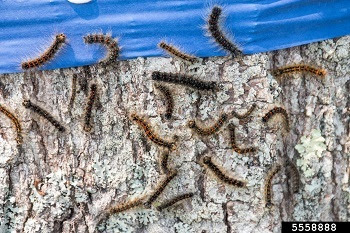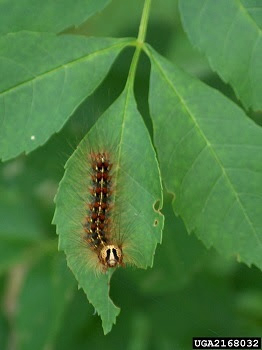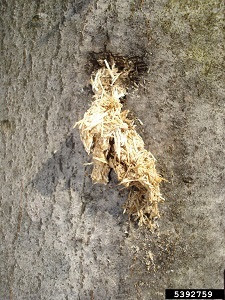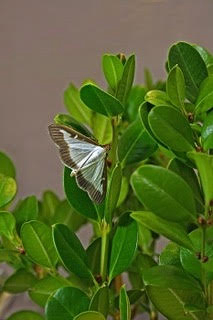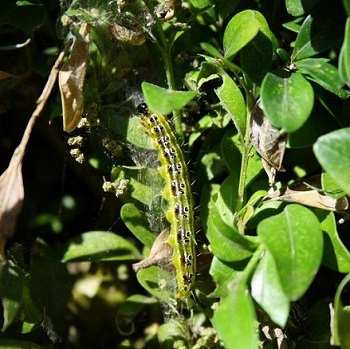Keep An Eye Out For Invasive Species

Summer is the busy season for most creatures, including invasive species like spongy moth, box tree moth and Japanese beetle, to name just a few. Many of these species are established in Michigan, meaning they’re here to stay, but if you know what to look out for, you can help contain their spread and mitigate further environmental damage. While these bugs are just following their natural instincts, their presence can affect the delicate balance of ecosystems, making it harder for native species to thrive.
Spongy moth caterpillars is infesting some areas of the state. This species is known for its defoliation, often leaving trees vulnerable to diseases and other pests, which may lead to tree mortality.
Box tree moth caterpillars feed mostly on boxwood, hence their name, and heavy infestations can defoliate host plants. Once the leaves are gone, larvae consume the bark, leading to girdling – injuring the bush’s limbs in an exterior ring and interrupting the flow of nutrients – and plant death. The Michigan Department of Agriculture and Rural Development has issued an interior quarantine preventing movement of boxwood plants, plant parts and nursery stock from several counties in Michigan to slow the spread of this invasive pest.
Gardeners well know the sight of Japanese beetles, another prolific defoliator. Adults emerge from their grub stage in June and July, feeding on plants throughout the rest of summer. They can skeletonize leaves and flowers of ornamental plants and trees and can damage crops.
While you’re on the lookout for these species and more, make sure not to move firewood, which can transport invasive species and diseases into new areas. If you’re planning to have a fire, buy your wood from sources local to where you plan to burn.
Keep up to date with Michigan invasive species, including emerging or potentially threatening species on Michigan’s watch list. If you see an invasive species on the list, use the Midwest Invasive Species Information Network online reporting tool or download the MISIN smartphone app and report from your phone.
Want a more detailed look into invasive species? Check out this recent Showcasing the DNR story and sign up for a NotMISpecies webinar.
Find more information on invasive species in Michigan and management practices at Michigan.gov/Invasives.


